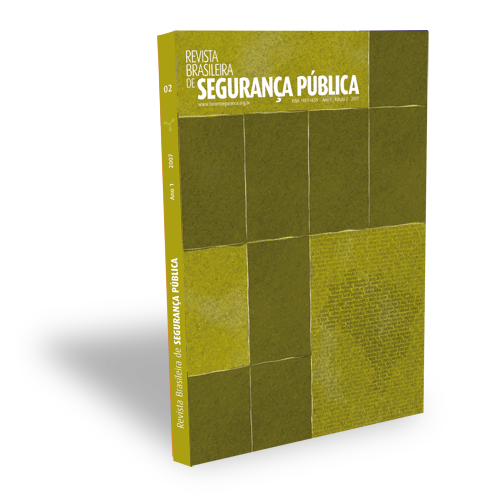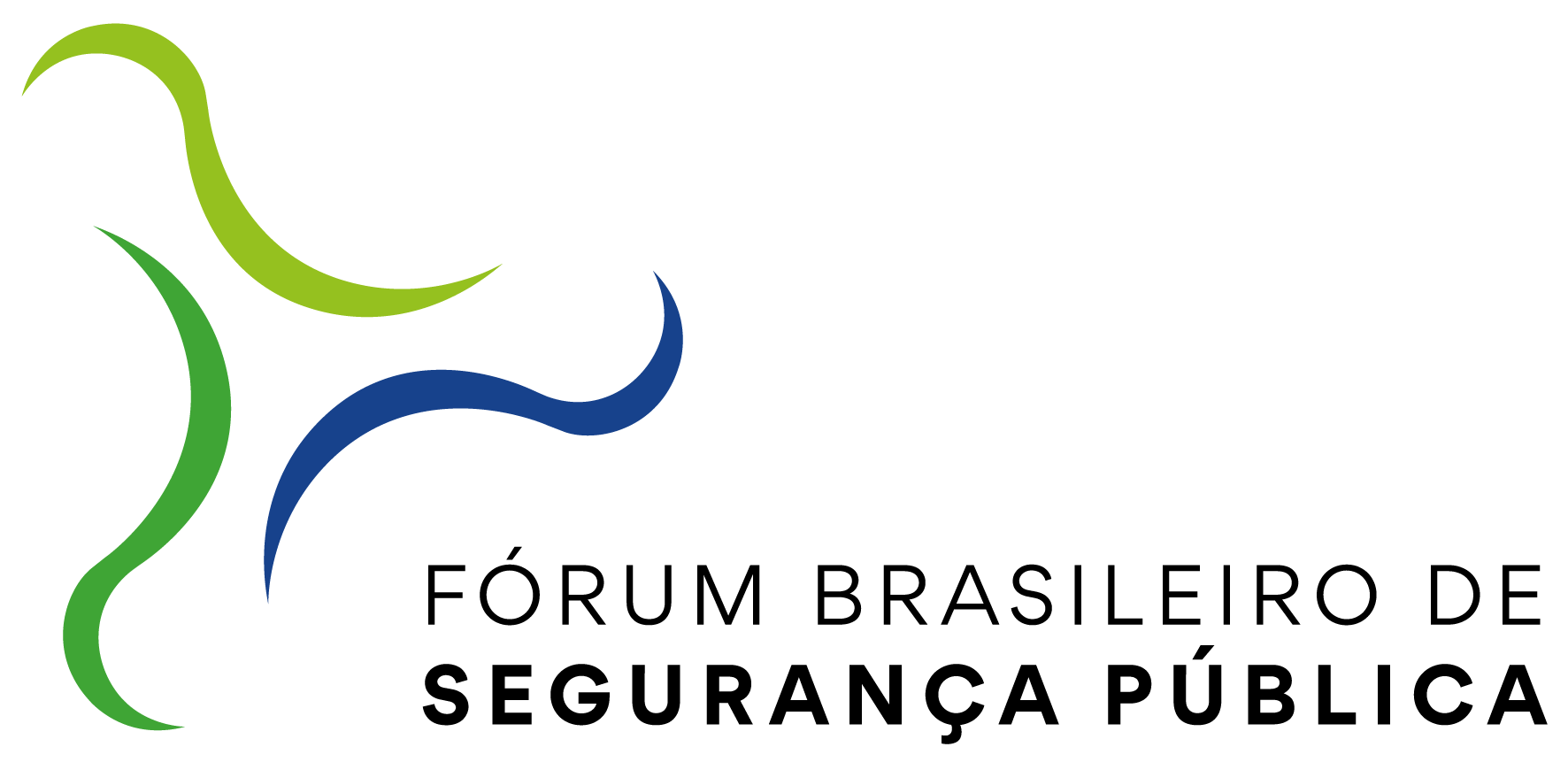The reflexes of the new drug law on the performance of state police
DOI:
https://doi.org/10.31060/rbsp.2007.v1.n2.20Keywords:
Narcotraffic, Police, Violence, Public Safety.Abstract
The consumption of drugs and related substances by mankind dates back to the dawn of time. However, its relevance for public health and social defense has been accentuated in the middle of the last century, when it began to be used en masse and its trafficking considered illicit in most countries. In Brazil, the law that provides for measures to repress illicit drug trafficking and prevent the use and social reintegration of users and addicts is Law 11.343, of August 23, 2006, referred to in this article as the new drug law. This law came with the proposal to correct the flaws in the previous legal system, bringing in new concepts, new typical figures and more rigorous penalties, on some occasions, and too lenient, on others. The research presented in this article has as its main focus the validation of the belief that the state police would no longer attend to drug-related incidents, due to the softening of penalties imposed on users, dedicating more operational effort to the combat of illicit trafficking.The results showed that in the states of Espírito Santo and Pernambuco (the researched universe), the police continue to attend these incidents, using the same procedures foreseen in the repealed law.
Downloads
References
ANDREUCCI, Ricardo Antônio. Legislação penal especial. São Paulo: Saraiva, 2006.
ARRUDA, Samuel Miranda. Drogas: aspectos penais e processuais (Lei nº 11.343/2006). São Paulo: Método, 2007.
BAUDELAIRE, Charles. Um comedor de ópio.In: BAUDELAIRE, C. Paraísos artificiais. Rio de Janeiro: Newton Compton Brasil, 1996.
BAUDELAIRE, Charles. O poema do haxixe. In: BAUDELAIRE, C. Paraísos artificiais. Rio de Janeiro: Newton Compton Brasil, 1996.
BIZZOTTO, Alexandre; RODRIGUES, Andréia de Brito. Nova lei de drogas: comentários à Lei nº 11.434, de 23 de agosto de 2006. Rio de Janeiro: Lumen Jures editora, 2007.
BRASIL. LEI Nº 10.409, DE 11 DE JANEIRO DE 2002.
BRASIL. LEI Nº 11.343, DE 23 DE AGOSTO DE 2006.
BRASIL. LEI Nº 6.368, DE 21 DE OUTUBRO DE 1976.
CAPEZ, Fernando. Curso de Direito Penal. 11 ed. São Paulo: Saraiva. vol. I, 2007.
CARVALHO, Salo de. A política criminal de drogas no Brasil: estudo criminológico e dogmático. Rio de Janeiro: Lúmen Júris, 2007.
DELPIROU, Alain; LABROUSSE, Alain. Coca Coke: produtores, consumidores, traficantes e governantes. São Paulo: Brasiliense, 1988.
FRANÇA, Genival Veloso de. (2004), Medicina Legal. 7 ed. Rio de Janeiro: Guanabara Koogan.
GOMES, Luiz Flávio. A nova lei de tóxicos: um avanço em consonância com a política européia de redução de danos. Revista Prática Jurídica, ano V, nº 54, 30 de setembro de 2006.
NUCCI, Guilherme de Souza. Leis penais e processuais penais comentadas. 2 ed. São Paulo: Revista dos Tribunais, 2007.
PMPE. Nota de Instrução Nº 2ªEM – 002/94. Codificação de ocorrências. Recife, 1994.
SDS. Estudo preliminar sobre a violência criminal no bairro de Santo Amaro – Recife. Relatório. Recife, 2006.
SIDOU, José Maria Othon. Dicionário Jurídico: Academia Brasileira de Letras Jurídicas. 6 ed. Rio de Janeiro: Forense Universitária, 2002.
SILVA, Jorge Vicente. Comentários à nova lei antidrogas: manual prático. Curitiba: Juruá, 2007.
SILVA, José Geraldo da; LAVORENTI, Wilson; GENOFRE, Fabiano. Leis penais especiais anotadas. 8 ed. Campinas: Millennium, 2006.
SILVEIRA, Sergio Luiz Sampaio da. Laxismo penal e a Lei 11.343/2006. 2007.
TOLEDO, Roberto Pompeu. O inimigo que nem o BOPE encara. Veja, São Paulo, edição 2.031, ano 40, nº 42, p.150, 24 de outubro de 2007.
TROPA de Elite. Direção de José Padilha. Rio de Janeiro. 2007. Filme cinematográfico: colorido.
Downloads
Published
How to Cite
Issue
Section
License
Copyright (c) 2012 Revista Brasileira de Segurança Pública

This work is licensed under a Creative Commons Attribution 4.0 International License.
Licensing
The Brazilian Journal of Public Security uses the Creative Commons License as a form of licensing for its published works. The license used follows the CC BY 4.0 - Attribution 4.0 International model.
To see the permitted rights please go to the full licence or to our Copyright and Licensing page.



